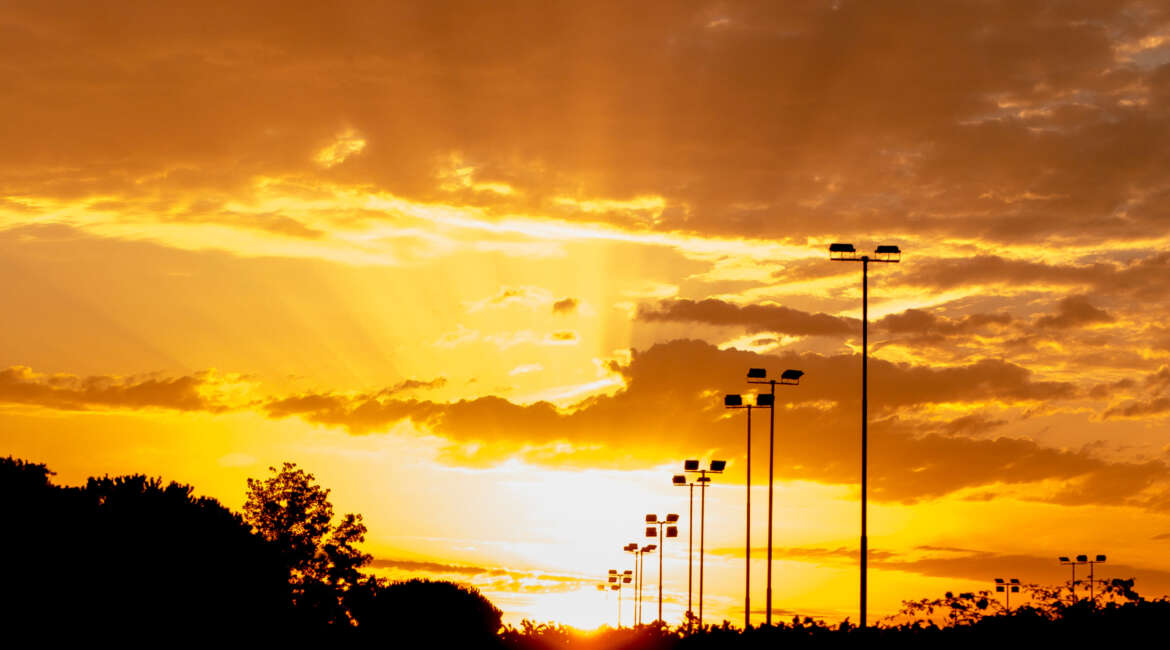Daylight Saving VS Energy Saving
How it all started
Daylight saving time (DST), also referred to as daylight savings time, daylight time (United States, Canada, and Australia), or summer time (United Kingdom, European Union, and others), is the practice of advancing clocks (typically by one hour) during warmer months so that darkness falls at a later clock time. The typical implementation of DST is to set clocks forward by one hour in either the late winter or spring (“spring forward”), and to set clocks back by one hour in the fall (“fall back”) to return to standard time. As a result, there is one 23-hour day in early spring and one 25-hour day in the middle of autumn.
The idea of aligning waking hours to daylight hours to conserve candles was first proposed in 1784 by U.S. polymath Benjamin Franklin. In a satirical letter to the editor of The Journal of Paris, Franklin suggested that waking up earlier in the summer would economize on candle usage; and calculated considerable savings. In 1895, New Zealand entomologist and astronomer George Hudson proposed the idea of changing clocks by two hours every spring to the Wellington Philosophical Society. In 1907, British resident William Willett presented the idea as a way to save energy. After some serious consideration, it was not implemented.
In 1908, Port Arthur in Ontario, Canada, now merged into Thunder Bay, started using DST. Starting on 30 April 1916, the German Empire and Austria-Hungary each organized the first nationwide implementation in their jurisdictions. Many countries have used DST at various times since then, particularly since the 1970s energy crisis. DST is generally not observed near the Equator, where sunrise and sunset times do not vary enough to justify it. Some countries observe it only in some regions: for example, parts of Australia observe it, while other parts do not. Conversely, it is not observed at some places at high latitudes, because there are wide variations in sunrise and sunset times and a one-hour shift would relatively not make much difference. The United States observes it, except for some states.
Proponents VS Opponents
Proponents of daylight saving time argue that most people prefer a greater increase in daylight hours after the typical “nine to five” workday. Supporters have also argued that DST decreases energy consumption by reducing the need for lighting and heating, but the actual effect on overall energy use is heavily disputed.
Proponents of DST generally argue that it saves energy, promotes outdoor leisure activity in the evening (in summer), and is therefore good for physical and psychological health, reduces traffic accidents, reduces crime or is good for business. Opponents argue the actual energy savings are inconclusive.
Energy Saving
A 2017 meta-analysis of 44 studies found that DST leads to electricity savings of 0.3% during the days when DST applies. Several studies have suggested that DST increases motor fuel consumption, but a 2008 United States Department of Energy report found no significant increase in motor gasoline consumption due to the 2007 United States extension of DST. An early goal of DST was to reduce evening usage of incandescent lighting, once a primary use of electricity. Although energy conservation remains an important goal, energy usage patterns have greatly changed since then. Electricity use is greatly affected by geography, climate, and economics, so the results of a study conducted in one place may not be relevant to another country or climate.
Conclusion
In recent years, there’s been debate over whether to end or extend DST. Future research will be helpful in weighing its cost and benefits and comparing it with other ways to save energy.
A report by the U.S. Department of Transportation found that DST reduced electricity use by 1 percent but had no impact on home heating. A European study found lighting energy use decreased slightly, while heating demand increased 9 percent.
The lack of solid evidence supporting DST as an energy-saving measure may be due to inconsistencies in study methods and evolving lifestyles. Lighting is much more efficient, and overall energy-use patterns are much more complex. It’s likely the growing use of computers and electronics has reduced any energy-saving impact of changing the clocks.








